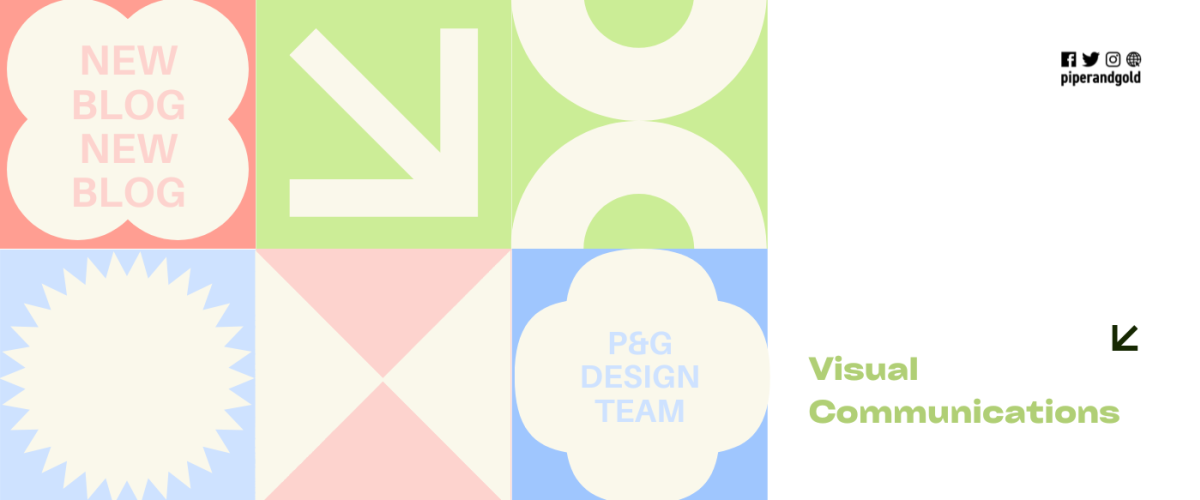
Impactful strategies and techniques to master visual storytelling
Aug 23, 2023
Category: PR strategy
Services: Digital Media, Visual Storytelling
While 90% of the information processed by the brain is visual, most people don’t think of adding visuals to a simple document to send to a client. Whether due to lack of time or lack of budget, many documents go undesigned. However, a designed document goes a long way to enhance and elevate the words on the page. If your organization has a distinct brand, a designed document can help the reader connect your work with your organization. If you’re presenting a long report, design also can help the reader stay engaged by organizing the content in different ways so their eyes move around the page, taking everything in.
The most important first step in the design process is research. We want to find out how a client describes their organization and culture, then our design team figures out how we can translate that into visuals — whether it’s a complete rebrand, a new logo, or just refreshing brand colors and fonts. Using that information, designers can create something that is cohesive with the visuals or deliver something brand new. Either way, we want it to resonate with their target audience.
One of the most common ways we use design at Piper & Gold is in our business proposals. The difference between a simple Word document and a branded, designed PDF can make your organization stand out from the crowd. Whether an organization is looking to hire us for communication, social media work or design, getting to know Piper & Gold visually is important to understanding who we are.
Zoe, one of our designers, said it best: “Our design team is a sneak attack. Piper & Gold is communications-based, but we have a cool design team that sets us apart from other agencies.”
Beyond aesthetics, graphic designers excel at persuasive communication. They understand the subtleties that influence responses and decisions and translate them into compelling visuals. Through the strategic use of colors, typography and layout, they craft designs that resonate on a deeper level. By understanding the essence of each message, designers evoke genuine emotions and responses from the audience.
However, just because something is designed beautifully to one person’s eye doesn’t mean it’s seen the same by everyone. Our design team puts an emphasis on accessibility so everyone can enjoy their work. Accessibility is easy to skip when it comes to design, but the extra steps can make it much easier for others to see.
Some considerations for accessibility in design include:
- Making sure a font can be clearly interpreted by screen readers.
- Using colors that people with colorblindness can distinguish between.
- Styling links to stand out from text.
Creating inclusive design that caters to diverse needs and abilities not only enhances accessibility for those individuals but also extends its benefits to a broader audience. The software our designers use makes sure our colors are ADA-compliant so people of varying sight abilities can enjoy them.
At its core, design is problem-solving — usually for the problem of brand recognition. Although the design process typically starts with research, most of the process is nonlinear. It’s all visual problem-solving when done authentically. At Piper & Gold, we are fortunate to have a stellar design team who can increase the value of our work with visuals.



